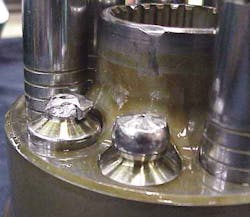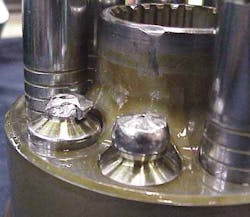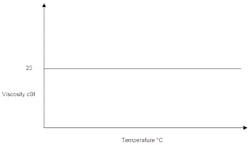Climate Change And What It Means For YOUR Hydraulic Equipment
Although far from new, global warming is an issue that's not going away. And whether you believe the science or not, we're currently witnessing evidence of what climate-change scientists have been warning us about for some time: increasing incidence of extreme weather events.
This apparent trend towards wider extremes in temperature has implications for anyone who designs, operates or services hydraulic equipment: the real possibility of machines having to operate at much lower cold-start temperatures and/or much higher maximum ambient temperatures, than the long-term average.
In other words, more hydraulic machines may find themselves operating in temperature extremes for which they are not equipped. This of course, has negative implications for machine reliability.
Because the viscosity of petroleum-based hydraulic oil decreases as its temperature increases and conversely, viscosity increases as temperature decreases, limits for oil viscosity and oil temperature must be considered simultaneously.
Excessively high oil viscosity can result in damage to system components through cavitation. And if temperature drops below the oil's pour point, the system may be damaged in other ways, including possible pressure intensification in hydraulic cylinders.
Low oil viscosity causes loss of lubricating film strength. If load and surface speed remain constant, but elevated operating temperature causes oil viscosity to fall below that required to maintain a hydrodynamic film, boundary lubrication occurs with the possibility of friction, scuffing and adhesive wear.
Exhibit 1 shows how this can manifest itself in an axial piston pump. The gold-colored varnish deposits are evidence that this hydraulic system has been operating at excessive temperatures. Due to low oil viscosity, the lubricating film between piston and bore has been lost. The resulting friction has super-heated the piston causing it to expand in its bore to the point of interference. Once this happens, the resulting tensile force pulls the slipper(s) from the piston(s) -- a.k.a. catastrophic failure.
About the Author
Brendan Casey Blog
Author
Brendan Casey is a war-weary and battle-scarred veteran of the hydraulics industry. He's the author of The Hydraulic Troubleshooting Handbook, Insider Secrets to Hydraulics, Preventing Hydraulic Failures, The Definitive Guide to Hydraulic Troubleshooting, The Hydraulic Breakdown Prevention Blueprint and co-author of Hydraulics Made Easy and Advanced Hydraulic Control. And when he's not writing about hydraulics or teaching it, Brendan is flat-out helping consulting clients from a diverse range of industries solve their hydraulic problems. To contact him visit his company's Website:
www.HydraulicSupermarket.com

Leaders relevant to this article:


